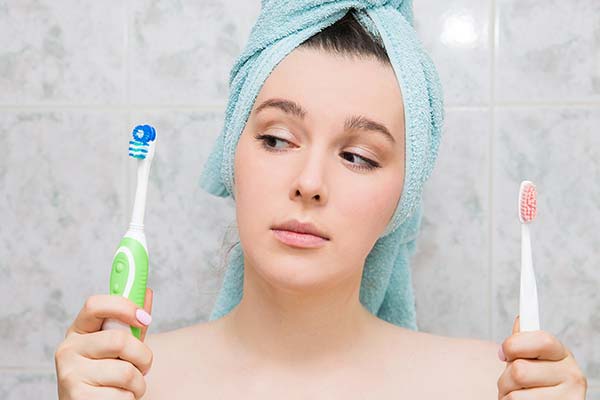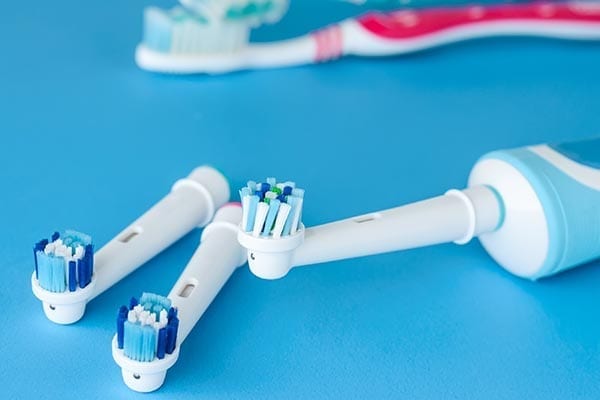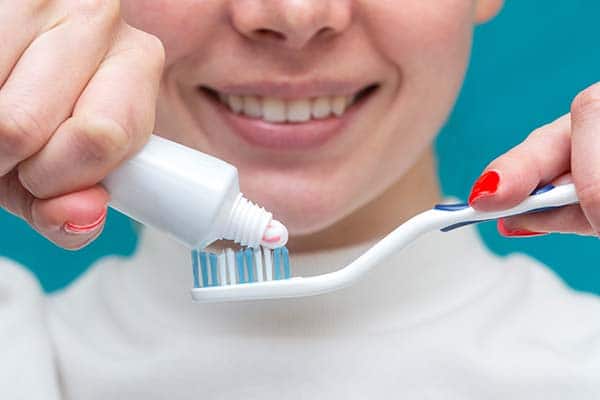How to ACTUALLY brush your teeth
Hello everyone, it’s Sophie here again, North Street Dental’s Hygienist and Therapist. Today’s post is all about tooth brushing. From one of my earlier posts you may have seen my first of 3 tips for taking care of your teeth is brushing your teeth twice a day. So getting your tooth brushing technique mastered will be a big advantage to the overall health of your mouth. Read on to find out how to actually clean your teeth!
Watch our video on how to actually brush your teeth
Should I use an electric toothbrush
We have 2 methods that we can use for brushing our teeth: manual brushing and electric brushing. Both brushing methods work by using the brush bristles to agitate and break up the plaque. If plaque is left or missed, it will become harmful; resulting in bleeding gums and if this happens over a long period of time, it may result in gum disease.
One of my most frequently asked questions in the clinic is “should I be using an electric toothbrush?” and my answer is always “yes, if you can!”. Electric brushes are a lot less technique sensitive in comparison to manual brushes and they do the hard work for you which results in a more consistent plaque removal. Electric brushes move far quicker than we can humanly create ourselves with using a manual brush.
Should I use an electric toothbrush?
Sonic and Oscillating electric toothbrushes
There are two main types of electric toothbrushes available on the the market. The first being sonic brushes which vibrate each individual bristle back and forth to create a sonic movement that breaks up plaque. The second is an oscillating toothbrush that quickly rotates the brush head in a circular motion back and forth in order to break up and spin away plaque. I personally tend to prefer oscillating brushes and these are the ones I recommend to my patients. The shape of the brush head is smaller meaning it can easily brush a tooth at a time making the method even more simple to grasp.
To use an oscillating electric toothbrush, place the brush head on 1 tooth at a time. To move methodically around the mouth I would start at your furthest molar (back tooth). Allow the brush to sit onto 1 tooth and move it in slow movements around all sides of the tooth. This should take around 5 seconds per tooth. Then move your way along your teeth one tooth at a time making sure that each aspect of the tooth is cleaned before moving along. In total, this should take around 2 minutes and should be done twice daily.
Manual brushing
To use a manual brush I would recommend using a small head of bristles. Lots of manual brushes on the market include added bristles with plastic or rubber parts fitted between the bristles but this ends up making the brush chunkier and more difficult to manouvre. The smaller the head of the brush, the more precise you can be with the bristles. I would recommend to also use medium bristles unless you have been recommended by your dentist to use differently. Hard can be too hard against the enamel of the teeth and if used incorrectly can slowly wear the enamel down. Soft can be too soft, meaning it can miss areas and leave plaque behind if not used correctly.
To use the brush, the fancy name of the technique is called the modified bass technique. This basically means to use the brush in small circles to agitate the plaque. Place your brush on the gum margin (where the gum meets the teeth), tilt your brush 45 degrees toward your gum and move the brush in small circles focussing the brush one tooth at a time. As with electric brushing, I would start one side of the mouth and move along one tooth at a time to make sure all the teeth have been cleaned. Make sure you brush all aspects of the tooth so that no plaque is left behind.
Change your brush every 3 months
A sonic brush method is used the same as the manual method but without moving the brush in circle motions. The sonic brush head is normally the same shape as a manual brush. The brush head should be placed at a 45 degree angle to the gum and then moved along the gum margin a tooth at a time allowing the bristles to do the movement for you.
Brushes should be changed every 3 months to keep them at their best. Manual brushes should be changed for new ones and electric brushes can have the brush head replaced for a new head. When brushes are worn, the bristles are less effective at removing plaque and they also begin to harbour bacteria.
If you have any questions in regards to your brushing your teeth; if you feel you have a problem or you can’t get your technique right, speak to your dental professional and they will be happy to help.
Hopefully you have found this post helpful.





